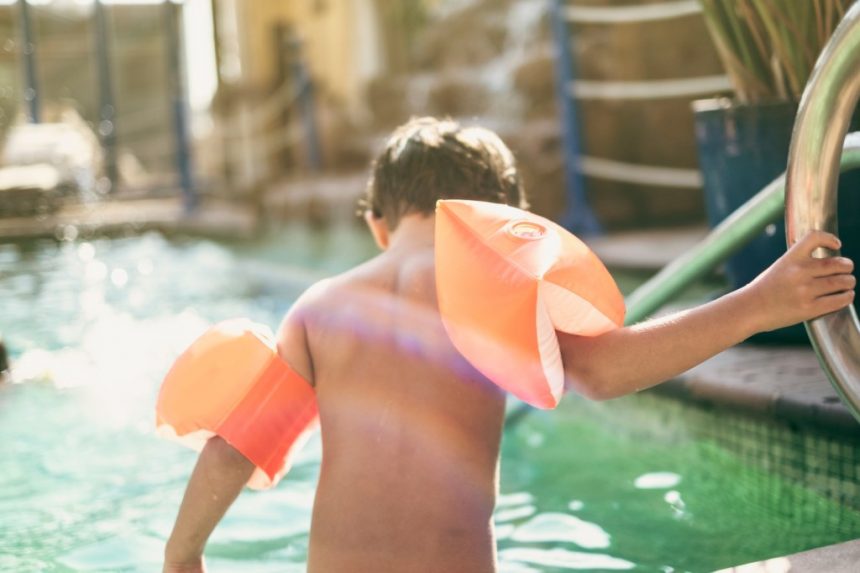Hot summer days often revolve around water play, but it’s crucial for parents to be vigilant, especially when it comes to children with autism. Drowning is the leading cause of death in children with autism, making it essential to follow water safety guidelines. According to the Autism Society of Florida, they are 160 times more likely to drown than their neurotypical peers.
Children with autism may be more at risk due to their attraction to water and tendency to wander off. It’s crucial for parents to take proactive measures to ensure their safety. To help prevent water-related incidents, follow these five water safety tips for kids with autism.
Teach swim skills early
Early swim lessons can be essential in teaching children with autism basic survival skills in the water. Discuss with your pediatrician to determine the right time to start swim lessons based on your child’s development.
Look for instructors trained to work with children with autism, and consider private lessons in a comfortable environment for effective learning.
Restrict water access
Erect barriers and alarms around bodies of water to minimize the risk of accidents. Evaluate all water-related risks in the child’s environment and take necessary precautions.
Keep a close eye
Actively supervise children near water, as drowning can happen quickly and silently. Avoid distractions and stay alert at all times.
Minimize the use of floatation devices
Use floatation devices only when necessary and ensure they are U.S. Coast Guard–approved. Limit reliance on floatation devices to encourage swimming skills development.
Be prepared for emergencies
Keep a phone nearby for emergencies and know the appropriate CPR techniques for children. Practicing these small steps can significantly reduce the risk of drowning incidents.







